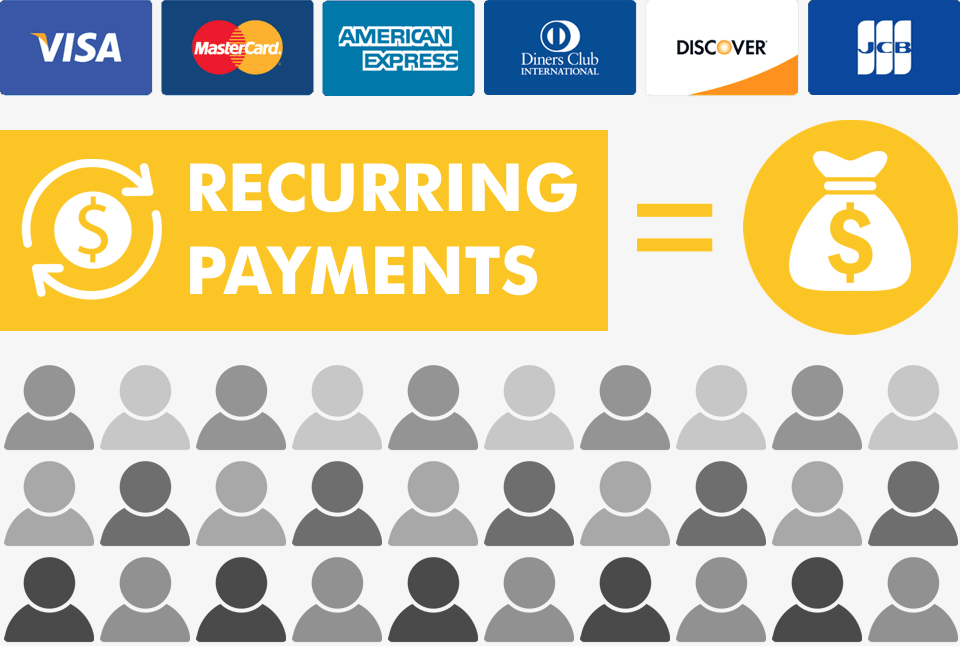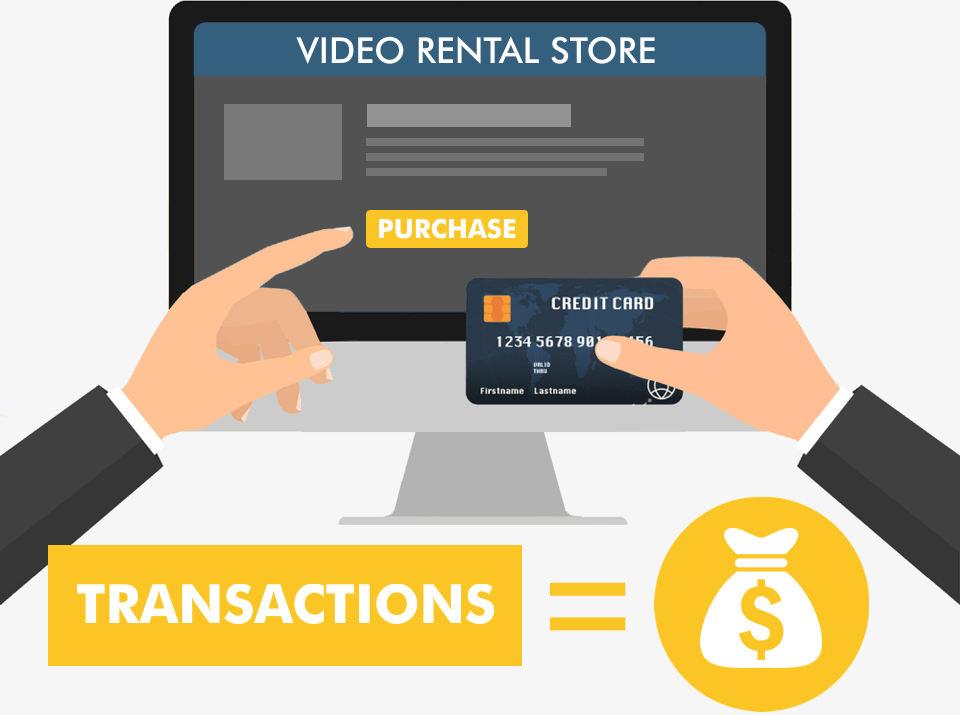What Are SVOD, AVOD, and TVOD?
Subscription Video On Demand (SVOD), Transactional Video On Demand (TVOD), Advertising Video On Demand (AVOD), OTT, and VOD
The definition or meaning of VOD "Video On Demand" is a service that offers viewers the ability to choose what, where, and when to watch videos online. Subscription Video On Demand (SVOD), Transactional Video On Demand (TVOD), and Advertising Video On Demand (AVOD) are different strategies for monetizing your growing viewership.
The definition or meaning of OTT “Over The Top” is video and streaming media provided over the internet without a subscription to a cable or satellite provider. Most OTT providers have their own website or app such as Roku, Fire TV, Android TV, Apple TV, iOS mobile app, or Android mobile in order to give access to their OTT content.
Lightcast has many years of experience developing these types of OTT apps for clients so that they can give viewers access to their content. Whether you are donation-based as a NPO, or you need to sell your content at a subscription fee - we have the most suitable solution for you. Looking for advertising revenue but let down by video ad networks? Read about how to cut out the middle-men to increase your share of the advertising revenue.
What is SVOD - Subscription Video On Demand?
The definition or meaning of SVOD is a type of service where users enter into a subscription agreement and pay a recurring fee that grants them access to watch content with no limits.
SVOD vs AVOD - With SVOD users must pay a recurring fee to watch the content, but with AVOD users can watch for free.
With Lightcast's top SVOD services you can build recurring revenue streams with subscription services such as:
- Live-events - Users can view a short term live stream event which is often just two to three hours long.
- Linear live-streams (24/7) - Users can view your content which is streamed continuously 24/7.
- On-demand archives - Users can access specific video content at any time without waiting for a specific time to access it.
You decide how much you want to charge for your monthly fee from subscribers for accessing your premium content. To maximize your revenue you should have your content across all possible platforms including:
- Your websites
- OTT TV Apps (OTT / Connected TV) - Roku, Fire TV, Apple TV, and Android TV
- Social Apps - Facebook, YouTube, etc.
- Mobile Apps - iOS Mobile, Android Mobile
A recurring revenue stream allows you to quickly grow your viewership and business. Learn more about how Lightcast can help with its top SVOD services.
What is AVOD - Advertising Video On Demand?
The definition or meaning of AVOD is a type of service where users must watch ads in order to view the content they want to watch for free.
AVOD vs SVOD - With AVOD users can watch for free, but with SVOD users must pay a recurring fee to watch the content.
AVOD services options:
1. Serve video ads from your own direct advertisers and sponsors. You can choose your own ad prices and collect revenue directly from the advertisers and sponsors. With Lightcast.com's AdServer you can also upload, manage and serve your own video ads across all of your platforms: websites, mobile apps, OTT / Connected TV Apps and social apps.
2. Publish your own ads to other OTT TV apps. With Lightcast.com, you can publish your ads with the first Connected TV Ad Network and get paid generously!
3. Integrate ad-feeds from leading video ad networks on your website's web players, mobile apps, and TV app platforms to earn ad revenue from the networks.
Learn more about how Lightcast can help with its top AVOD services.
What is TVOD - Transactional Video On Demand?
The definition or meaning of TVOD is pretty much the opposite of subscription video, where users can buy a particular piece of video-on-demand content on a pay-per-view basis. Paying for each movie or TV show watched via the Internet after purchasing them are examples of TVOD.
There are many website templates and store systems / eCommerce tools that offer the ability to have pay-per-view transactions. With Lightcast's top TVOD services, however, you can use Lightcast.com's Dev Tools & APIs to integrate all your media, your archives, channels, streams into any of your current or future websites, mobile, or TV apps with a pay-per-view store system integrated.
Learn more about how Lightcast can help with its top TVOD services.
Conclusion
SVOD, AVOD, and TVOD are each different in how they do it, but the primary goal of each of these is to generate revenue from streaming content. You should now have a good understanding of how each of these revenue models work in order to try them.
Want to learn more about Lightcast's AVOD, SVOD, and TVOD services, or get a free 30 day trial of Lightcast's award-winning Media Cloud- Live Streaming Platform, Online Video Platform, and Media Management System that gives you the ability to try out almost every feature offered?
By Shawn Ellis


















